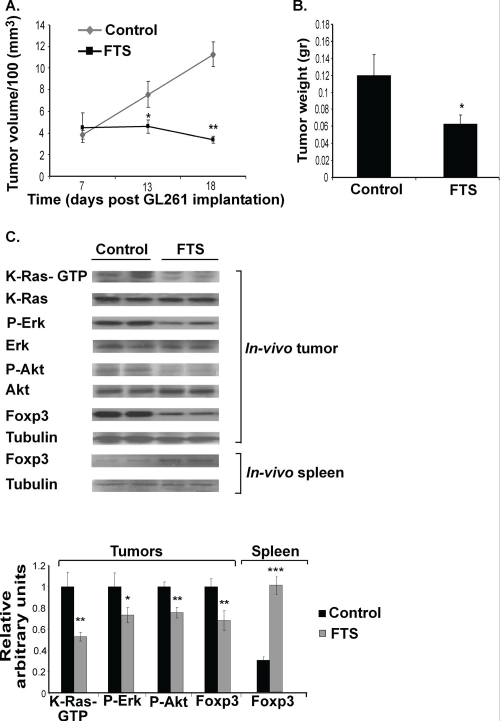Figure 2. FTS inhibits the growth of subcutaneous GL261 tumors and decreases their downstream Ras proteins and their Foxp3 levels in vivo.
GL261 cells were implanted s.c. in the right flank of C57bl/6 mice, which were then treated for 12 days with oral FTS or vehicle. After the mice were killed the volumes and weights of their excised tumors were recorded, as described previously [31]. (A) Tumor volumes in FTS-treated and control mice are presented as means ± SEM. *, p<0.05, **, p<0.01 compared with control. (B) Tumor weights in FTS-treated and control mice are presented as means ± SEM. *, p<0.05 compared with control. (C) K-Ras, K-Ras-GTP, Erk, P-Erk, Akt, P-Akt, Foxp3 and tubulin in tumors, and Foxp3 and tubulin in splenocytes, of FTS-treated (n=10) and vehicle-treated mice (n=10) were assayed by immunoblotting. Representative blots are shown (top panel). Densitometry values for K-Ras-GTP, P-Erk, P-Akt, and Foxp3 are presented as means ± SEM (bottom panel). *, p<0.05, **, p<0.01, ***, p<0.001 compared with control.

